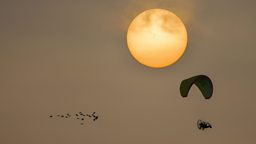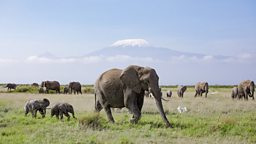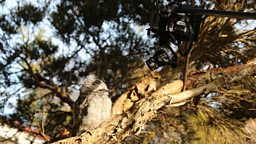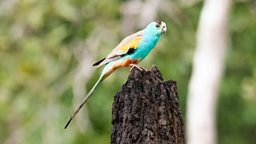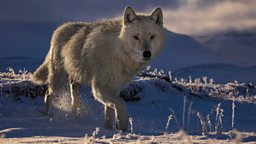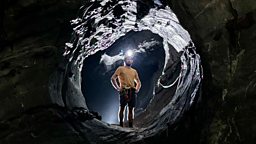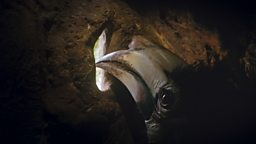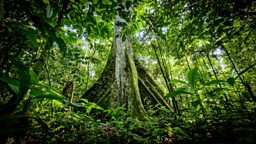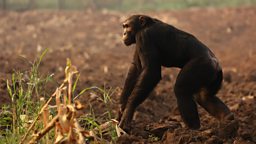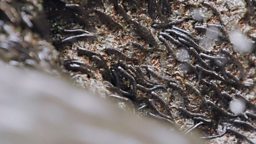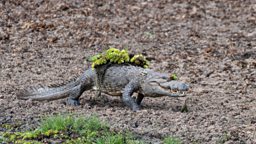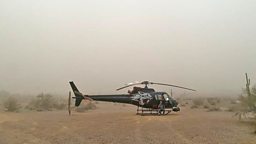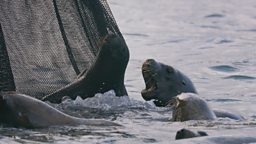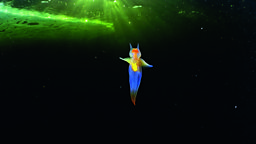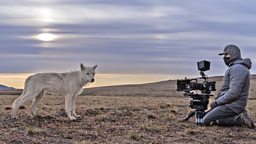Filming wolves in the extremes of the high Arctic
By Alex Walters, assistant producer for Extremes
To me, they are the epitome of ‘extreme’
For as long as I can remember, wolves have been a fascination of mine. To me, they are the epitome of ‘extreme’ and I knew they had to be a key character in the Extremes episode of Planet Earth III. This was my chance to see them in the wild for the very first time.

After months of research and calls with scientists we pinpointed Ellesmere Island in the remote high Arctic as the place we needed to go. Not only is the landscape extreme in latitude and terrain, but it’s also one of the few places that you can get close enough to wolves to film their extraordinary lives. The wolves here have hardly been persecuted and rarely come across people, meaning they have very little fear of humans and have been known to approach within metres. Any wolf expert will tell you that this is unbelievably rare elsewhere.
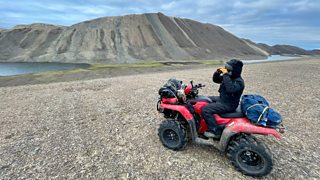
Just getting to the remote island was challenging – three flights and over two weeks of quarantine! As soon as we arrived, we set up a temporary camp with the aim of moving camp to the epicentre of the wolves’ territory once we’d found them. Looking out at the vast landscape we realised that finding the wolves, let alone filming them, was going to be a task in itself. Using All-Terrain Vehicles (ATVs) is really the only way to get around and we would travel long distances over hugely challenging terrain as we took turns to scout for signs of the wolves.
After nearly two weeks of seeing little more than paw prints, our luck began to change. Scouting from a mountain ridge, cameraman Ronan turned to me exclaiming, “I think I’ve spotted them! See those white dots, about 4 miles to the north?”. We set off, travelling along the edges of riverbeds until Ronan signalled for us to turn...
A pack of seven white wolves trotted straight over as if they’d been expecting us. My heart felt as if it had stopped with surprise.
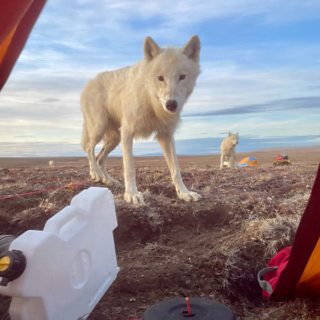
One young female wolf approached me looking straight into my eyes. Looking back at her, I felt completely calm and I could tell she was simply curious. The pack sniffed the air to figure us out before eventually heading on their way. This first encounter with the wolves is a moment I will never forget!
Once the pack was located, we could move our camp into the wolves territory in order to find them more easily, but in such a challenging landscape losing the wolves was inevitable. They seemed to glide over the terrain with ease while we struggled on the bone-rattling ATVs.
Days of fruitless searching would go by and then suddenly the wolves would turn up at base camp, often announcing their arrival by pinging the guy lines of the tents and snapping them. They have an endless curiosity and a cheeky nature and we had to store everything securely out of reach of their noses. When one of the crew left their wellington boots outside their tent the wolves were quick to steal one and run off with it, playing tug of war. We eventually retrieved the boot, but the wolves had made quick work of shredding it into ribbons – not ideal as boots are essential equipment on Ellesmere.
As quickly as we found a rhythm for filming, the landscape would change, and we’d have to quickly adapt. We experienced all three seasons in under three months. In Autumn the willow bought the land to life in a fiery red, then in a flurry of snow it was suddenly winter, temperatures dropping as low as -15°C, and summer was marked by the fluffy-white seed heads of cotton grass. The wolves changed too. As winter set in, their coats became thick and bright white, perfectly blending with the snowy tundra. Although harder to spot, at least it meant we could follow their tracks. In summer their fur shed and was often covered in mud.
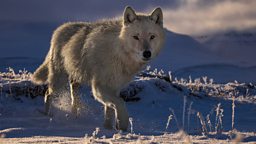
During our final few weeks, we managed to spend a lot of time with the pack and, on occasion, witnessed them hunting.
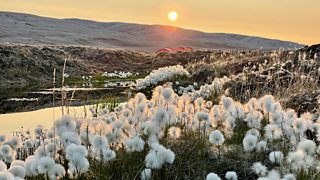
While watching the wolves and muskoxen as they both struggled for survival, I was struck by how this relationship has been playing out for millennia. Blink and I could easily imagine we’d been transported back to the end of the last ice age, 10,000 years ago. Although the animals here are impressively strong and hardy, especially in comparison to us with all our survival gear, they are more vulnerable than ever. In today’s rapidly changing world, these wildernesses that are so vital to wildlife, are becoming rare and any changes can have devastating consequences.
After finally meeting the wolves and being fortunate enough to spend so much time with the pack, I left with an even greater respect for them - witnessing first-hand how they can thrive in this hostile environment with nothing but the thick white fur on their backs. But, the experience also left me hoping beyond all else, that this island can remain a true wilderness so that the wolves can continue to thrive for millennia to come.
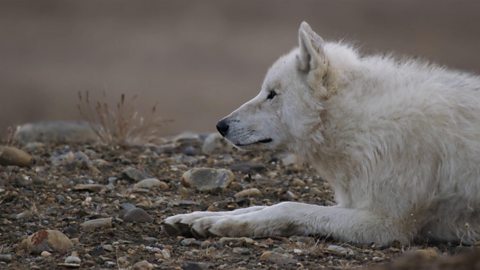
Wolves vs. musk oxen
A pack of Arctic wolves relentlessly chase down a herd of musk oxen on Ellesmere Island.

